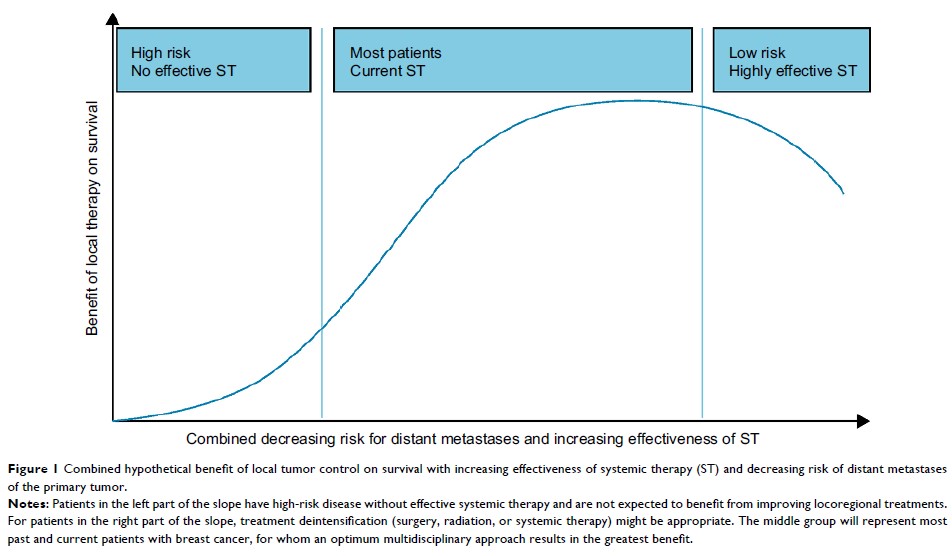108384
论文已发表
注册即可获取德孚的最新动态
IF 收录期刊
- 3.4 Breast Cancer (Dove Med Press)
- 3.2 Clin Epidemiol
- 2.6 Cancer Manag Res
- 2.9 Infect Drug Resist
- 3.7 Clin Interv Aging
- 5.1 Drug Des Dev Ther
- 3.1 Int J Chronic Obstr
- 6.6 Int J Nanomed
- 2.6 Int J Women's Health
- 2.9 Neuropsych Dis Treat
- 2.8 OncoTargets Ther
- 2.0 Patient Prefer Adher
- 2.2 Ther Clin Risk Manag
- 2.5 J Pain Res
- 3.0 Diabet Metab Synd Ob
- 3.2 Psychol Res Behav Ma
- 3.4 Nat Sci Sleep
- 1.8 Pharmgenomics Pers Med
- 2.0 Risk Manag Healthc Policy
- 4.1 J Inflamm Res
- 2.0 Int J Gen Med
- 3.4 J Hepatocell Carcinoma
- 3.0 J Asthma Allergy
- 2.2 Clin Cosmet Investig Dermatol
- 2.4 J Multidiscip Healthc

前哨淋巴结微转移患者仍需进行腋窝治疗
Authors Cong BB, Yu JM, Wang YS
Received 29 October 2018
Accepted for publication 14 January 2019
Published 8 March 2019 Volume 2019:11 Pages 2097—2100
DOI https://doi.org/10.2147/CMAR.S192573
Checked for plagiarism Yes
Review by Single-blind
Peer reviewers approved by Dr Amy Norman
Peer reviewer comments 2
Editor who approved publication: Dr Ahmet Emre Eskazan
Abstract: More
attention has been paid to the axillary management over the past 50 years, and
clinical practice has been changed as results of the random controlled trials.
The American College of Surgeons Oncology Group Z0011 and International Breast
Cancer Study Group (IBCSG) 23-01 trials provided high-level evidence to support
the omission of axillary lymph nodes dissection (ALND) in sentinel lymph node
(SLN)-positive patients receiving breast-conserving surgery (BCS) and adjuvant
systemic treatment. In patients treated with BCS, whole breast irradiation
(WBI) with tangential fields could lead to substantial axillary irradiation and
control the residual tumor burden in axilla, whereas (intraoperative) partial
breast irradiation has no therapeutic effect on these residual axillary
metastases. In the observation group of the IBCSG 23-01 trial, 425 patients
received BCS and 80 (18.8%) of them just underwent intraoperative radiotherapy.
While the 10-year axillary recurrence rate was acceptable low (1.7%, 8/467) in
the no ALND group, it was 4.5% (6/134) in patients without axillary management,
which was significantly higher than that of 0.6% (2/333) in patients with
axillary management (P =0.0024). Should we accept an axillary recurrence
rate as high as 4.5% in patients with only SLNs micrometastases? What is the
best way to control the residual tumor burden in the axilla and decrease the
recurrence rate if there is no ALND? The evidence showed that both WBI after
BCS (Z0011, AATRM [Agència d’Avaluació de Tecnologia i Recerca Mèdiques]) and
axillary regional nodal irradiation after mastectomy/BCS OTOASOR (Optimal
Treatment Of the Axilla - Surgery Or Radiotherapy), AMAROS (After Mapping of
the Axilla: Radiotherapy Or Surgery) could control the regional residual tumor
burden when the SLN is positive and an ALND is omitted. In the modern era,
systemic therapy could further decrease the risk of local/regional recurrences.
After the subanalysis of the POSNOC (POsitive Sentinel NOde: adjuvant therapy
alone versus adjuvant therapy plus Clearance or axillary radiotherapy), SERC
(Sentinelle Envahiet Randomisation du Curage), and Dutch BOOG (BOrstkanker
Onderzoek Groep) trials, a prediction model might be established to identify
those patients who could beneft from no axillary management as a guide to
clinical practice. At present, axillary management should still be required for
patients with SLN micrometastases.
Keywords: breast
cancer, sentinel lymph node biopsy, micrometastasis, axillary treatment
